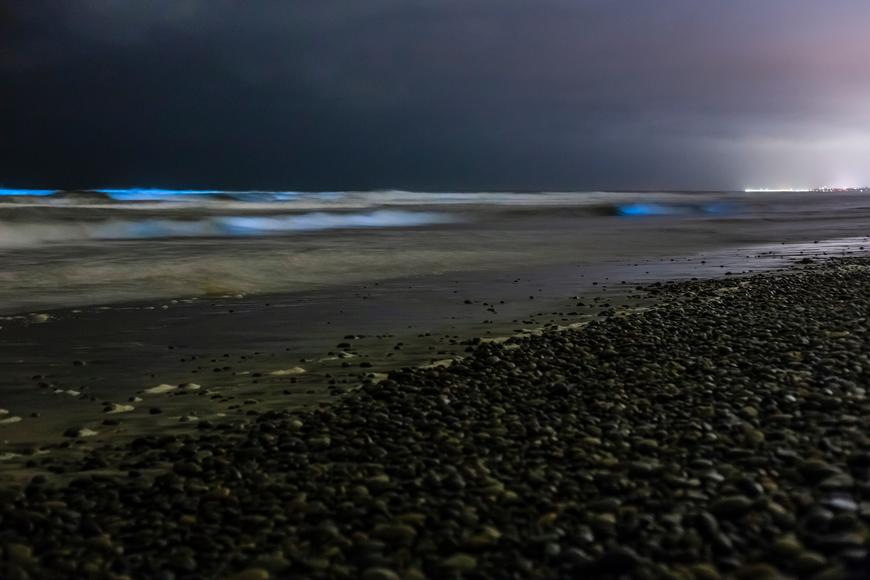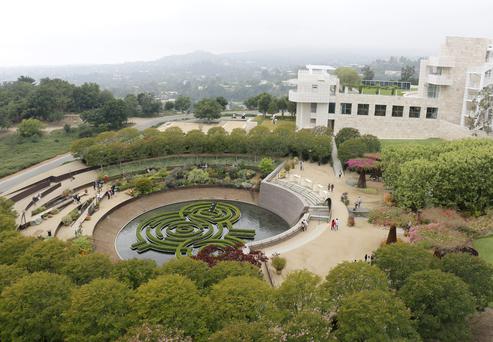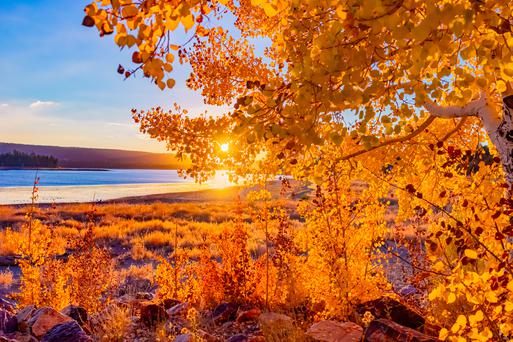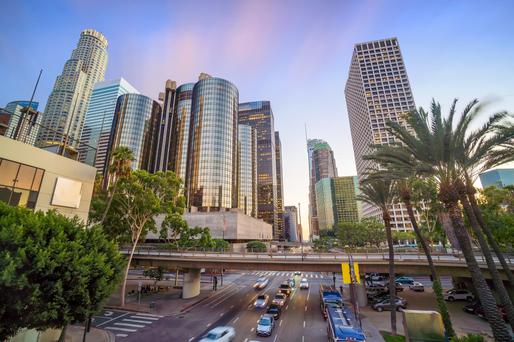Free Museums in Los Angeles You Should Visit
There's plenty of fun and free things to do in Los Angeles. Here's a breakdown of the best free museums in Los Angeles.

The California waters light up in the spring and summer. Here's an explanation of California bioluminescence and where to see it.
3 min read
September 15, 2023

There's plenty of fun and free things to do in Los Angeles. Here's a breakdown of the best free museums in Los Angeles.

Enjoy our quick guide on where to see fall colors in Southern California and experience autumn at its fullest in the Golden State.

Enjoy the City by the Bay for free with these awesome free activities in San Francisco that aren't just hiking.

The Golden State is known for its unique history and unconventional spirit, but these interesting facts about California will surprise you.

